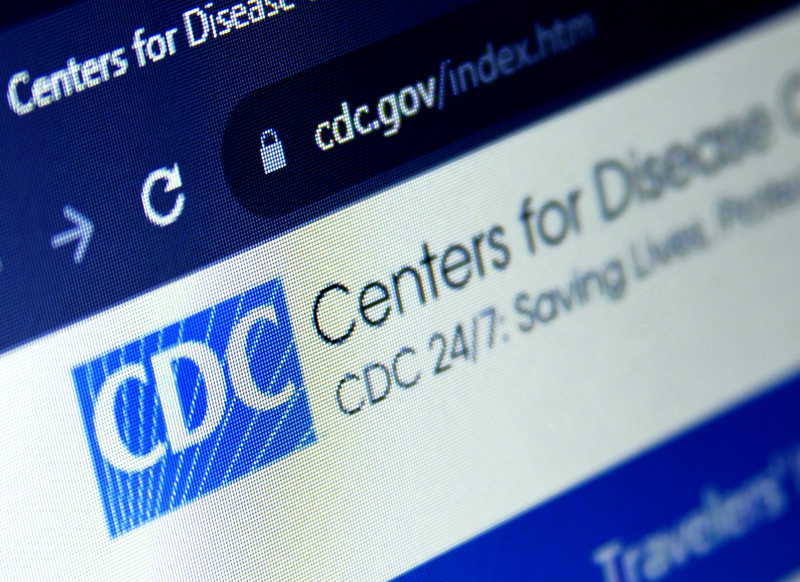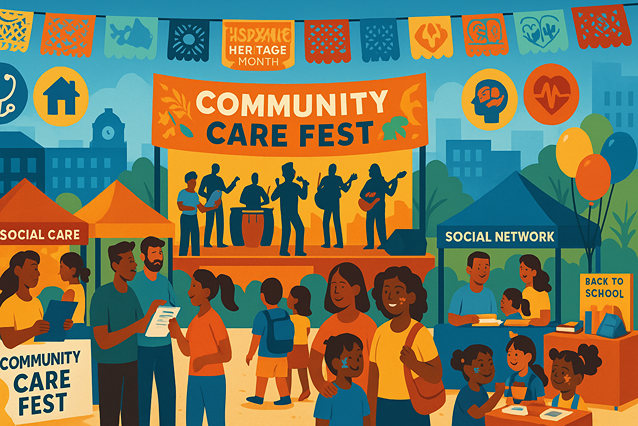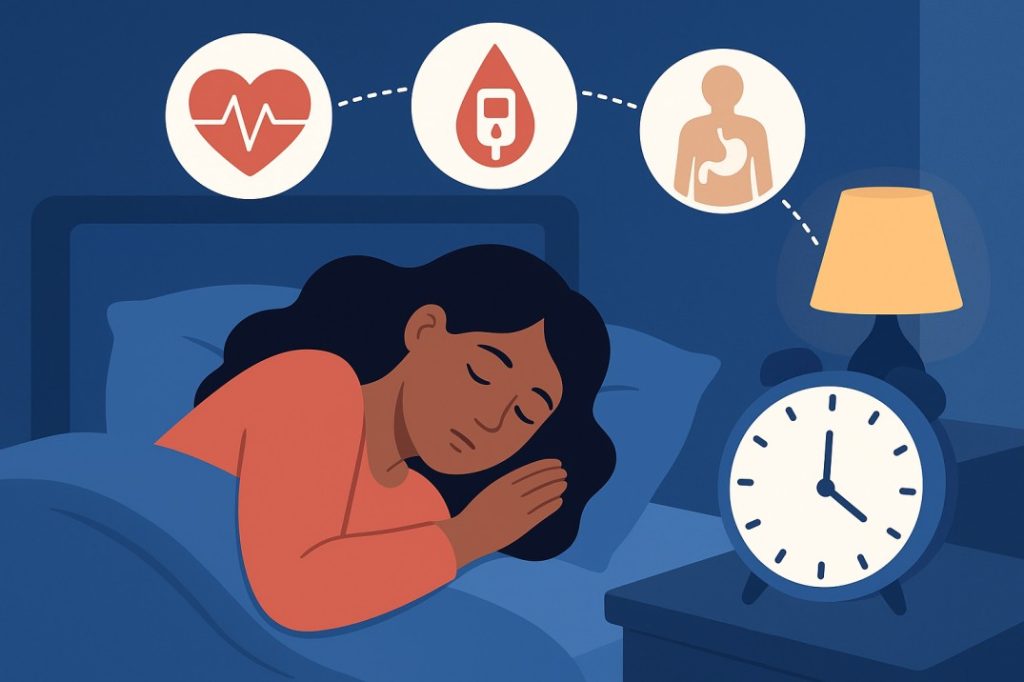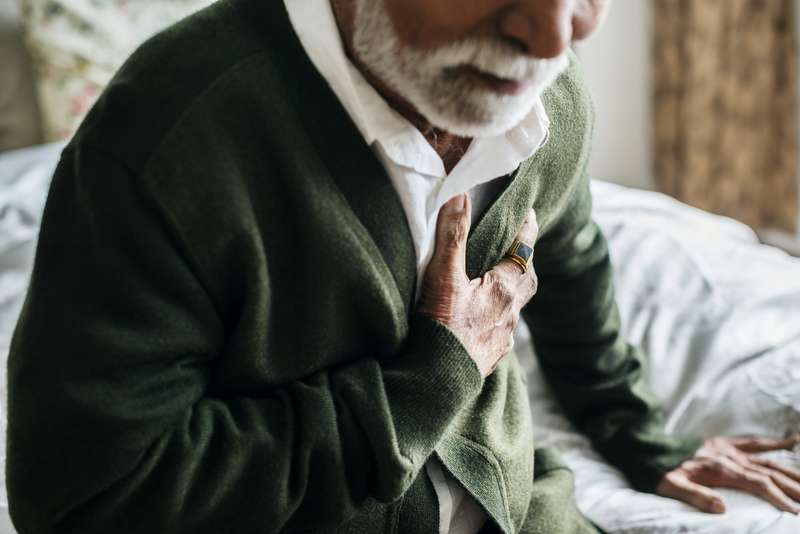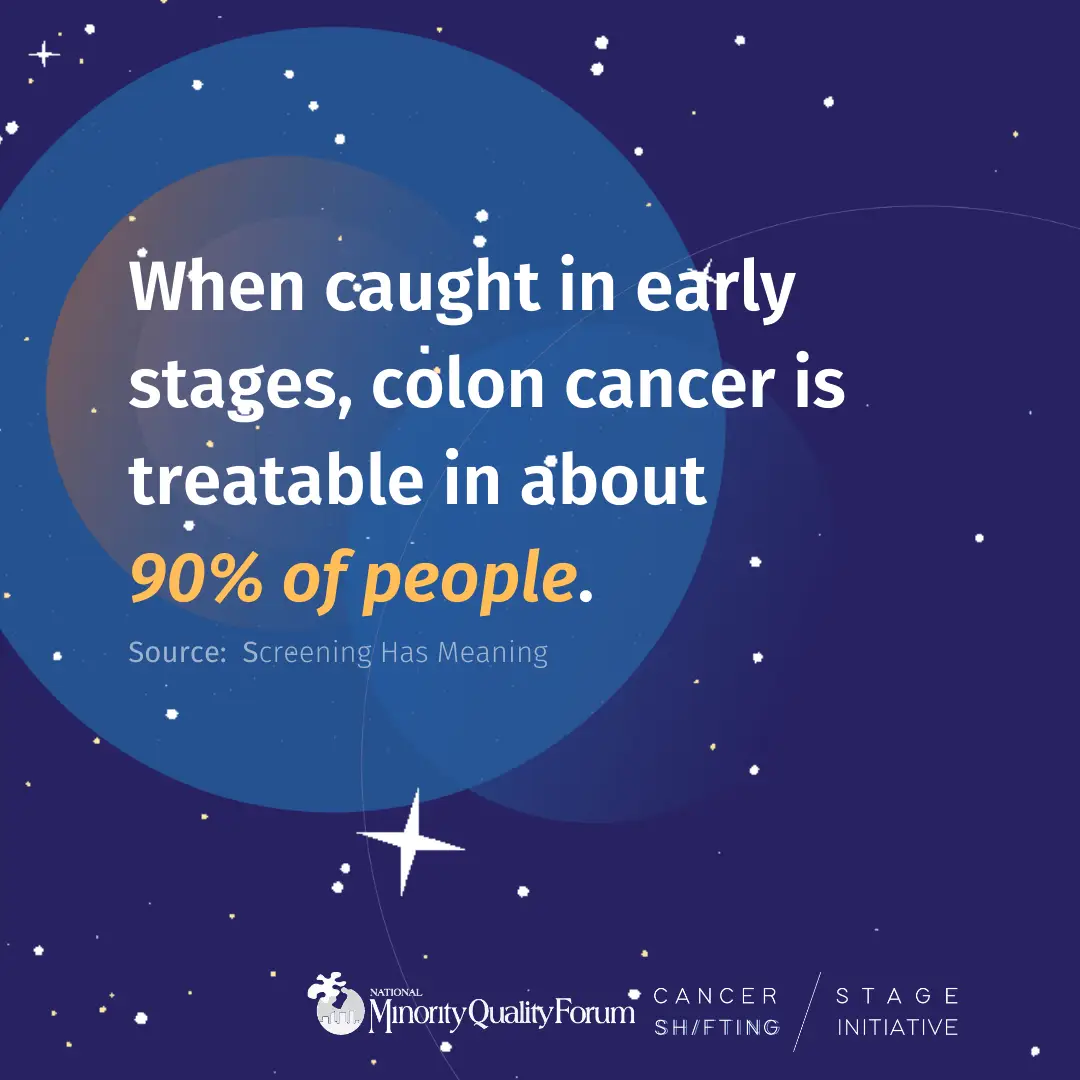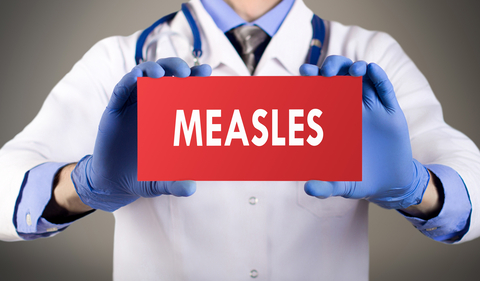Cancer
Hospitals serving large Black, Latino populations have fewer resources for cancer care
Key takeaways
UCLA researchers looked at nearly 4,400 hospitals across the U.S., including 864 with high numbers of Black and Hispanic patien...
Childhood Cancer Death Rates Have Stalled For Black Youth
The survival rate for childhood cancer has improved significantly over the years due to advances in modern-day medicine and early detection, but li...
Assessing the Feasibility of a Faith-Based Colorectal Cancer Education and Screening Intervention for Latino Men in Pennsylvania
. 2023 Nov 14:15404153231214714.
doi: 10.1177/15404153231214714.
Online ahead of print.
Affiliation...
Non-small cell lung cancer chemotherapy treatment outcomes and ethnicity: a twenty-year single-centre patterns of care study
Aim:
To investigate the treatment of patients with advanced-stage non-small cell lung cancer (NSCLC) over a 20-year period in a sing...
Social Drivers of Cancer Risk and Outcomes Among African American Men
. 2023 Nov-Dec;29(6):293-296.
doi: 10.1097/PPO.0000000000000681.
Affiliations
Expand
...
Region of origin and cervical cancer stage in multiethnic Hispanic/Latinx patients living in the United States
Abstract
Background
Hispanic/Latinx people have the second highest cervical cancer incidence rates in the U.S. However, there is a lack of disaggre...
Trending Topics
Features
- Drive Toolkit
Download and distribute powerful vaccination QI resources for your community.
- Health Champions
Sign up now to support health equity and sustainable health outcomes in your community.
- Cancer Early Detection
MCED tests use a simple blood draw to screen for many kinds of cancer at once.
- PR
FYHN is a bridge connecting health information providers to BIPOC communities in a trusted environment.
- Medicare
Discover an honest look at our Medicare system.
- Alliance for Representative Clinical Trials
ARC was launched to create a network of community clinicians to diversify and bring clinical trials to communities of color and other communities that have been underrepresented.
- Reducing Patient Risk
The single most important purpose of our healthcare system is to reduce patient risk for an acute event.



